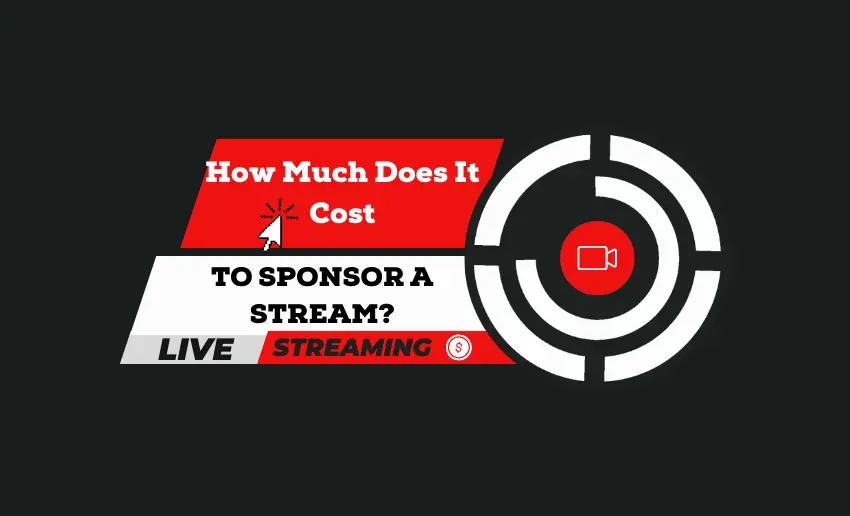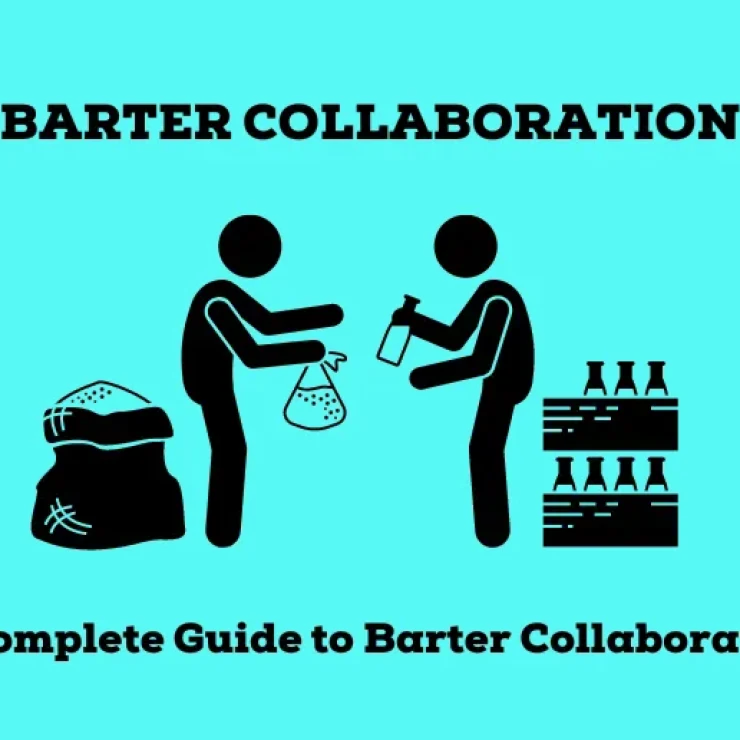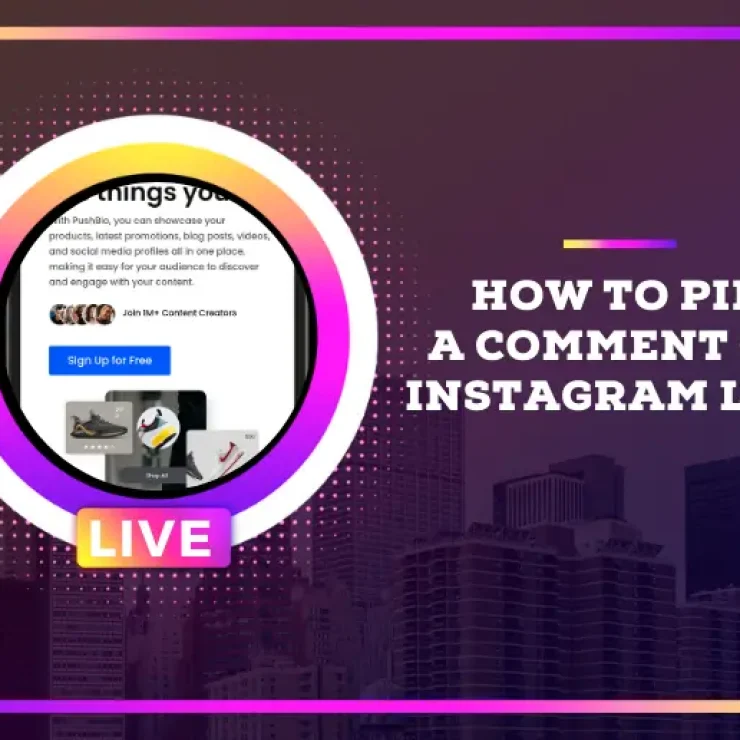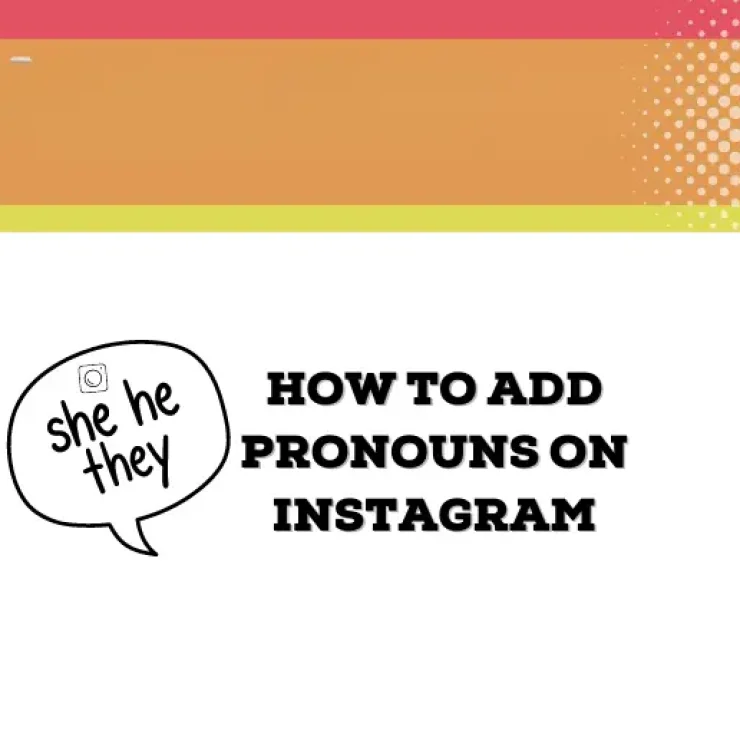Stream sponsorship is a marketing arrangement in which a company or individual financially supports and collaborates with a content creator. This collaboration is geared towards live-streaming their activities, such as playing video games, creating art, or engaging in various real-life activities on platforms like Twitch, YouTube, or other streaming services.
Sponsoring streams have become a vital tool for businesses looking to reach a vast and engaged audience online. Stream sponsorship offers a direct channel to potential customers through popular content creators, but it comes at a cost. And if you are a brand or business wondering how much does it cost to sponsor a stream, you’re not alone.
In this piece, I’ll break down the factors that influence stream sponsorship pricing, as well as show you some common pricing models. Understanding the costs associated with stream sponsorship can help you make informed marketing decisions and maximize the impact of your advertising budget.
How much does it cost to sponsor a stream?
The cost of sponsoring a stream can vary significantly based on several factors. The price for stream sponsorship is not fixed and can range from a few hundred dollars to several thousand dollars or even more. The key factors that influence the cost of sponsoring a stream include:
1. Streamer’s popularity
The streamer’s popularity is a key factor that significantly influences the cost of stream sponsorship. These streamers have a well-established online presence and a strong fan base, which can lead to higher sponsorship rates. Sponsoring a popular streamer can give your brand or product greater exposure and reach a broader audience. However, it’s essential to consider your budget and goals, as partnering with highly popular streamers may require a more significant investment.
2. Follower count
The number of followers a streamer has on their platform is a direct indicator of their reach and influence. Streamers with a substantial following can demand higher sponsorship fees. This is because a larger follower count implies a more extensive potential audience for your sponsorship content. While a high follower count is valuable, it’s crucial to assess whether the followers align with your target demographic for effective marketing.
3. Viewer count
Viewer count, or the number of people watching a stream at any given moment, is a dynamic factor in stream sponsorship pricing. Streams with consistently high viewer counts are attractive to sponsors because they offer real-time exposure to a large audience. The viewer count can fluctuate throughout a stream, so sponsors may pay more for peak viewership times. Understanding the typical viewer count and engagement patterns of a streamer is important for determining the value of sponsorship in terms of exposure and impressions.
4. Engagement metrics
Engagement metrics, such as likes, comments, shares, and chat activity, provide insight into how actively the audience interacts with the stream and the sponsor’s content. Streamers who foster high engagement often command higher sponsorship fees because they create a more interactive and memorable experience for viewers. These metrics reflect the stream’s ability to connect with the audience and leave a lasting impression, making it a valuable consideration when assessing sponsorship costs.
5. Type of content
The type of content that a streamer produces plays a significant role in determining sponsorship costs. Different types of content, such as gaming, creative endeavors, or real-life experiences, attract distinct audiences with varying interests and demographics. Sponsoring a stream that aligns closely with your brand or product can be more effective. Consequently, costs may vary depending on the content’s compatibility with your marketing goals and the specific preferences of the streamer’s audience.
6. Duration of sponsorship
The duration of the sponsorship agreement also affects costs. Short-term sponsorships, which may last for a single stream or a limited time, tend to be less expensive compared to long-term commitments. Longer sponsorships provide more exposure and brand consistency, but they come with a higher price tag. Deciding on the sponsorship duration should align with your marketing objectives, budget, and the desired level of visibility for your brand or product.
7. Platform (Twitch, YouTube, TikTok, or Instagram)
The choice of streaming platform can influence sponsorship costs. Platforms differ in terms of audience size, demographics, and reach. Twitch and YouTube, for instance, have larger gaming communities, while TikTok and Instagram cater to shorter-form content. The platform’s reach and audience demographics should be matched with your marketing goals and the specific platform preferences of your target audience.
8. Geographic location of the audience
The geographic location of a streamer’s audience can be a factor in determining sponsorship costs. If your business targets a specific region or country, you may find it more cost-effective to sponsor a streamer whose audience is concentrated in that location. On the other hand, streamers with a global following might command higher fees due to their broad reach.
9. Special events and promotions
Special events and promotions organized by streamers can impact sponsorship costs. Some streamers offer unique events, giveaways, or promotions to attract sponsors. While these opportunities can provide added value and engagement, they may come at a higher price. Evaluating the potential benefits and alignment with your marketing objectives is essential when considering sponsorship during special events or promotional periods.
What are some common pricing models for Stream Sponsor?
There are a couple of pricing models that are essential for both sponsors and content creators to understand. It helps in choosing the most suitable arrangement based on their goals, budget, and expectations. Each model comes with its unique advantages and considerations that should align with the desired outcome of the sponsorship:
1. Flat fee
A flat fee is a straightforward pricing model where a sponsor pays a fixed, predetermined amount to the content creator for their sponsorship. This model provides clarity and predictability, as both parties agree on the cost upfront. It’s commonly used for one-time or short-term sponsorships, making it easy for sponsors to budget. However, it may not account for fluctuations in viewership or engagement, which can be a drawback.
2. Revshare (Revenue share)
The revenue share model involves sponsors and content creators splitting the income generated from the sponsored content. Typically, the split is a percentage of the revenue earned through ad revenue, product sales, or other monetization avenues. This model aligns the interests of both parties, as the better the content performs, the more both the sponsor and the content creator benefit. It’s often used in long-term partnerships, offering the potential for both steady income and scaling profits.
3. CPM (Cost per mille)
CPM stands for Cost Per Mille, where “mille” refers to a thousand impressions. In this model, sponsors pay a fixed rate for every thousand impressions their sponsorship receives. It’s a common pricing model in the advertising world and is useful for measuring the cost-effectiveness of sponsorships in terms of reaching a wide audience. Sponsors can calculate CPM to assess the cost of reaching a specific number of viewers, helping them evaluate the value of their investment.
4. Product/Service barter
In some cases, sponsors may offer their products or services in exchange for sponsorship. This barter model allows both parties to benefit without a monetary exchange. Content creators receive products or services they can feature in their content, while sponsors gain exposure. This model is particularly suitable for brands looking to introduce their products to a new audience and content creators seeking to diversify their content.
5. Exclusive vs. non-exclusive sponsorships
Sponsorships can be categorized as exclusive or non-exclusive, which impacts the pricing. Exclusive sponsorships mean the content creator works solely with one sponsor for a defined period, limiting competition. As a result, exclusive sponsorships typically command higher fees due to the exclusivity and focused attention on the sponsor’s brand. Non-exclusive sponsorships, on the other hand, allow the content creator to work with multiple sponsors simultaneously and are often more budget-friendly.
How much do sponsors pay streamers?
The amount that sponsors pay streamers can vary significantly and depends on a variety of factors. Popular streamers with large followings and high engagement rates often command higher sponsorship fees. Additionally, the platform a streamer uses, and the type of content they create can influence sponsorship costs. Finally, longer-term sponsorships tend to be more expensive than short-term agreements.
How much does it cost to sponsor a Twitch streamer?
The cost of sponsoring a Twitch streamer who is just starting or has a smaller following often comes at a more affordable rate. You might find sponsorship opportunities with these streamers for as little as $50 to $100. As the popularity of a Twitch streamer grows, so does the cost of sponsorship. Streamers with larger audiences and a more engaged fan base can demand higher fees.
In some cases, sponsorship deals with these high-profile streamers have been reported to reach tens of thousands of dollars per month. The increased cost reflects the broader reach and potential impact your brand or product can achieve through these partnerships.
How much does it cost to sponsor a YouTube streamer?
Smaller or less popular YouTube streamers might offer sponsorship deals starting at lower rates, potentially in the range of $50 to $500 per month. More popular and established streamers with larger subscriber counts and high engagement rates often command higher fees, which can range from several hundred to thousands of dollars per month or more. For instance, it has been reported that Mr. Beast requests a sponsorship fee of $1 million for his primary YouTube channel.
Are there industry benchmarks for sponsoring a stream?
Different platforms, such as Twitch, YouTube, TikTok, Instagram, and others, have varying audience sizes and demographics, which directly influence sponsorship pricing.
For example, platforms like Twitch and YouTube, known for their gaming and long-form content, often have streamers with substantial viewer counts and dedicated fan bases. Consequently, sponsorships on these platforms tend to be more expensive, with costs that can range from a few hundred to thousands of dollars per month, depending on the streamer’s popularity.
In contrast, shorter-form platforms like TikTok and Instagram, with their broader appeal and younger audience, may offer more budget-friendly sponsorship opportunities, ranging from $50 to $500 per post or campaign.
In the End
It’s clear that the landscape of stream sponsorship costs is dynamic and continually changing. With the rise of online content creation and the increasing value of influencer marketing, the costs associated with sponsorships have seen significant shifts. Whether expensive or not, it’s evident that this form of marketing offers a unique and powerful way to connect with engaged audiences.








